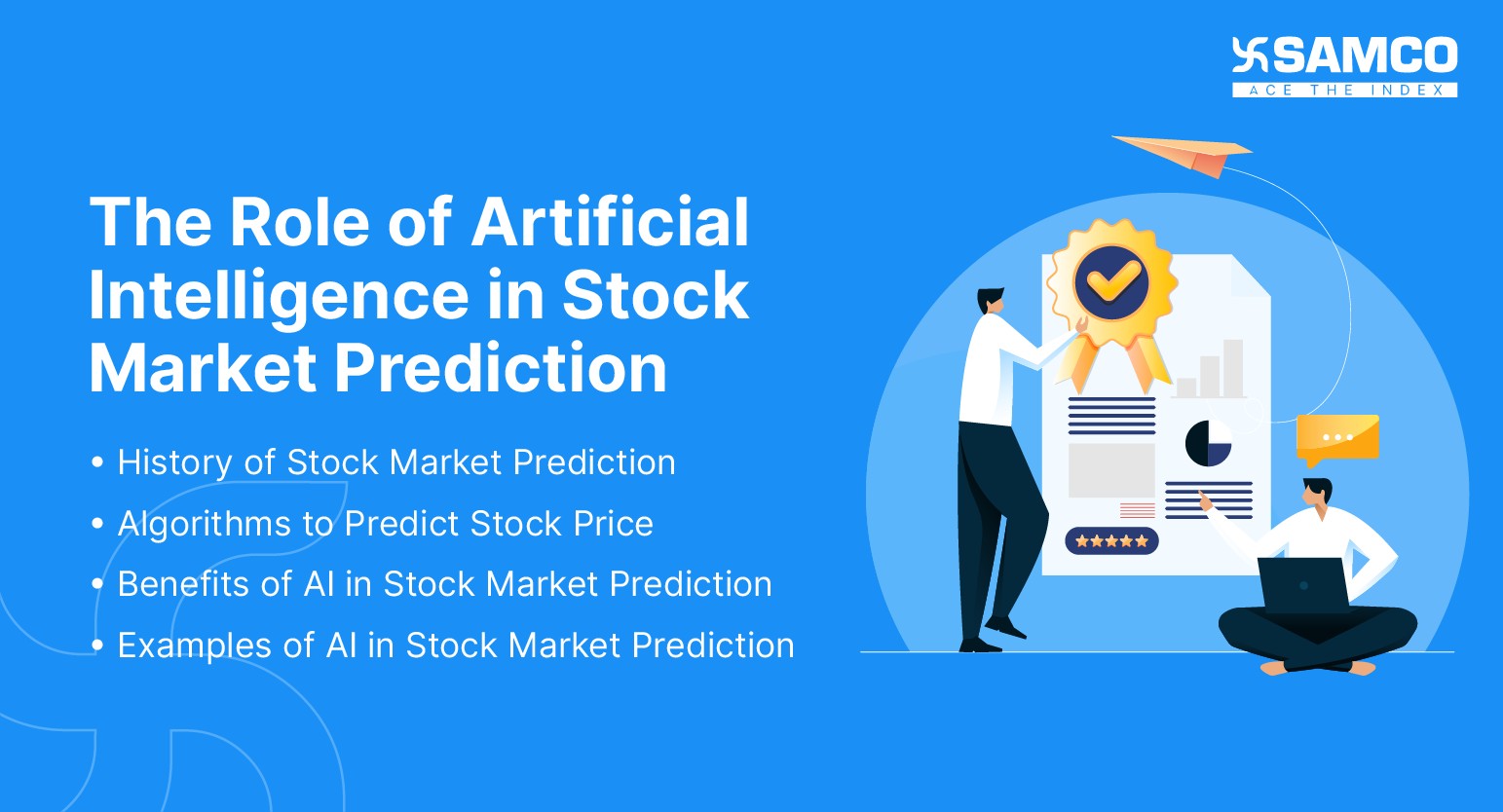
The unpredictable ebb and flow of market trends have long been a source of both immense opportunity and profound risk for businesses and investors alike. Traditionally, predicting these shifts relied heavily on human expertise, statistical models, and a keen intuition honed by years of experience. However, the advent of Artificial Intelligence (AI) has introduced a revolutionary new paradigm, transforming market forecasting from an art into a sophisticated science. AI’s unparalleled ability to process vast datasets, identify intricate patterns, and learn from dynamic information is fundamentally reshaping how we anticipate market movements, offering a level of precision and foresight previously unimaginable.
At the heart of AI’s power in market prediction lies its capacity to ingest and analyze an enormous diversity of data points. Unlike human analysts who are limited by cognitive capacity and time, AI algorithms can simultaneously process structured data, such as historical sales figures, economic indicators (like GDP, inflation rates, and interest rates), and financial reports, alongside unstructured data from sources like social media sentiment, news articles, online reviews, and even geopolitical events. By sifting through billions of these data points, AI can uncover subtle correlations, hidden trends, and emerging signals that would be virtually impossible for human observation alone. This comprehensive data synthesis provides a far more holistic and nuanced understanding of market dynamics.
One of the most significant applications of AI in market prediction is **demand forecasting**. For businesses, accurately predicting consumer demand is critical for optimizing inventory, managing supply chains, and planning production. AI-powered demand forecasting models move beyond simple historical sales data, incorporating real-time market conditions, seasonal fluctuations, promotional impacts, and even competitor activities. This allows companies to anticipate exactly how much product will be needed, reducing the risks of both overstocking (which ties up capital and leads to waste) and understocking (which results in lost sales and customer dissatisfaction). Retailers like Amazon and Starbucks, for instance, leverage predictive AI to manage their vast inventories and personalize customer experiences, ensuring products are available when and where customers want them.
Beyond demand, AI is revolutionizing **financial market predictions**, particularly in areas like stock price movements and investment strategies. Machine learning algorithms, including deep learning models like Long Short-Term Memory (LSTM) networks, are adept at analyzing time-series data, identifying patterns in historical price changes, and even processing the sentiment expressed in financial news or social media discussions. This allows AI to gauge market sentiment and predict potential shifts before they become widely apparent. High-frequency trading firms, for example, utilize AI to execute trades within milliseconds, capitalizing on tiny price discrepancies. While human oversight remains crucial, AI provides objective, data-driven insights, reducing the influence of human biases and emotions that can often lead to suboptimal investment decisions.
The ability of AI to identify **emerging trends and growth opportunities** is another transformative aspect. By continuously monitoring vast streams of data, AI can detect nascent shifts in consumer preferences, technological advancements, or industry disruptions much earlier than traditional methods. For instance, AI might identify a sudden surge in social media conversations around a niche product or a subtle change in search queries that indicates a new market need. This early detection allows businesses to strategically position themselves, develop new products or services, or adapt their marketing strategies to capitalize on these nascent trends, gaining a significant competitive advantage.
However, the role of AI in predicting market trends is not without its challenges and limitations. A primary concern revolves around **data quality and quantity**. AI models are only as good as the data they are trained on; if the data is incomplete, biased, or inaccurate, the predictions will be flawed. Ensuring clean, relevant, and consistent data from diverse sources is a continuous and often resource-intensive undertaking. Furthermore, the “black box” problem, where the internal workings of complex AI models can be difficult for humans to interpret or understand, raises questions about transparency and accountability, especially in high-stakes financial decisions.
Another significant challenge is AI’s reliance on **historical data**. While AI excels at finding patterns in past events, market trends are also influenced by unpredictable “black swan” events—unforeseen economic crises, geopolitical shifts, or technological breakthroughs—that have no historical precedent. In such novel conditions, AI models may struggle to adapt or provide accurate predictions, highlighting the continued need for human intuition, contextual understanding, and adaptability. Over-reliance on AI without human oversight can lead to significant risks if the models are not continuously monitored and refined.
In conclusion, Artificial Intelligence is undeniably reshaping the landscape of market prediction, offering unprecedented capabilities for data analysis, pattern recognition, and proactive forecasting. From optimizing supply chains and managing inventory to informing investment strategies and identifying emerging opportunities, AI provides businesses and investors with powerful tools to navigate complex and dynamic markets. While challenges related to data quality, transparency, and the inherent unpredictability of human behavior and unforeseen events persist, the synergistic combination of AI’s analytical prowess with human expertise and strategic oversight will continue to drive more accurate, agile, and impactful market predictions in the future.